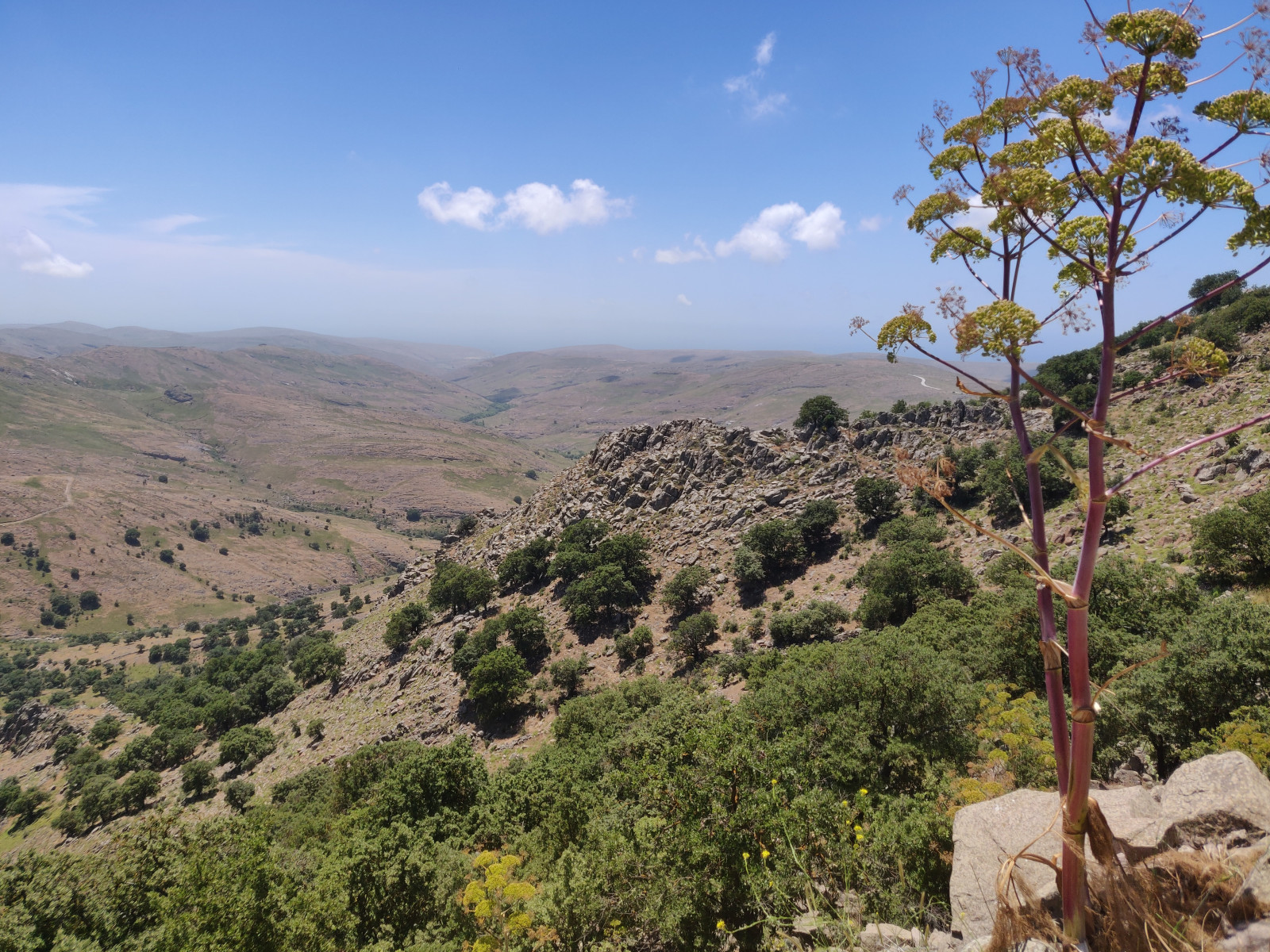Beskrivning
The Ipsilou monastery is located on the highest peak of the western part of the island of Lesvos, and its hills are covered in trees, bushes and shrubs. Therefore, the area is a real magnet for migrating birds during both spring and autumn migration! Typical fall events can happen around the area, and during these events the trees can be packed with birds! Besides migrating birds, the area is great for a wide variety of local breeding species. You can walk around the mount, and park your car down at the start of the tarmac.
Just after parking, scan the drier and open landscape around you for species, like stensparv, isabellastenskvätta and medelhavsstenskvätta.
The slopes on the southern and eastern side of the mount are great to search for migrants, like flycatchers, redstarts, warblers and finches. Locally, species like balkanmes and blåtrast breed here too. This area is also one of the hotspots for gulgrå sparv. They can be seen and heard especially on this side of the mount. Scan the treetops for singing males. Don't walk too fast here, and give yourself some time to scan the trees and bushes around you. During main migration events in spring, migrating songbirds tend to travel from the sea all the way up the slopes towards the monastery. During these events, you can just stand and wait and see all these migrants pass you.
The monastery itself is a great spot to explore. Once inside, don't take pictures and don't scan the area too much with your binoculars. Just after entering the monastary, there's a small staircase on your left that leads you to a great vantage point. There's a good chance seeing berghöna and blåtrast on the walls around the vantage point. berghöna also tends to hide in the shed, just on your left before entering the monastery. The wooded area around the monastery is also a good spot for trädlärka.
The road that leads you down the northern and western slopes passes an army base. DON'T TAKE PICTURES OF THE BASE, AND DON'T SCAN THIS WITH YOUR BINOCULARS. Although they are used to tourists and birders, it's better to be safe than sorry.
The northern and western slopes are drier and less wooded than the other side of the mount. The trees and bushes that are present are great for (massive) flocks of migrants. The rocky outcrops are good for breeding stensparv, blåtrast and klippnötväcka.
Back at your car, don't forget to scan the valley below (northside of the road) for feeding stensparv and singing gulgrå sparv.
Detaljer
Tillgänglighet
A oneway tarmac road leads you around the mount and the monastery, and you can walk all the way around over this road. You can park your car at the beginning of the incline (see map).

